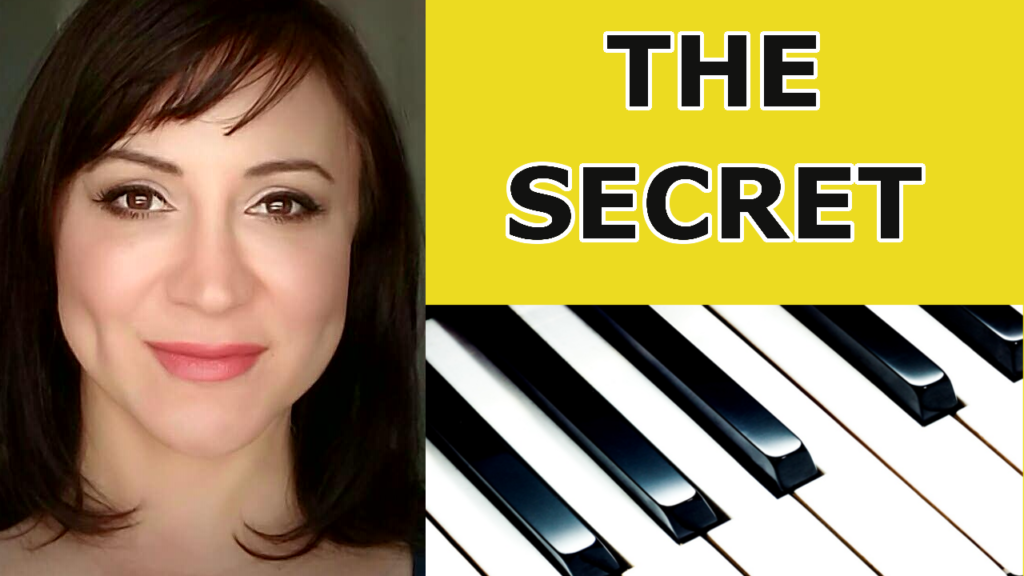I’ve always wanted to play the piano but…
I don’t have talent.
I’m too old.
my hands aren’t the right shape.
the dog ate my homework.
my moon is in retrograde.
There are as many reasons to NOT do something as there are people in the world. Probably more.
But, if you’re willing to put your reasons aside for a while, you just might surprise yourself with what you can accomplish.
Have you decided to learn to play the piano? Or maybe you’ve been playing for a while, and you’re not sure why you haven’t reached a level of proficiency that you are happy with.
In this video, I talk about what I’ve learned about getting really good at piano. Take a look!
And that’s my take! You can apply this mindset to everything you do. It’s simple, but not necessarily easy. We learn things as we go through life, and we start to think in narrower dimensions as we add to our knowledge base. But, what if we used our knowledge not as a wall that new information has to get through, but rather as a backdrop that showcases the new, the different, and the surprising?
Try it. Let me know what you think.
Happy practicing!
Marina


A teacher can hone these ideas, and give you access to classical music literature you might not be able to get online. Try to find a teacher that is accepting of modern music, but also puts stock into the classics. Like it or not, many people can be snobs when it comes to music and only appreciate classical piano.
That’s good advice!
You are wonderful! I’m glad I found your method today! I will be a student for a long time to come. Thank you.
You’re welcome!
2 questions based on #11 from Czerny-Germer Selected Piano studies:
1. Key is F, i.e., B flat. In measure 7, in the treble clef, there is a natural sign that “unflats” the B flat. Thereafter—time wise—in the final note of the bass clef, there is a B. Question: is that B played as B natural because of the (in the treble clef) natural sign appearing ‘earlier’ in the treble clef? In other words, does a natural in the treble clef also operate on the same note later appearing in the bass clef?
2. In measure 5, in the bass clef, there appears a quarter note with the stem up and on the right, and, right next to that same note is a half note, stem down. Question: how are these two immediately adjacent notes to be played?